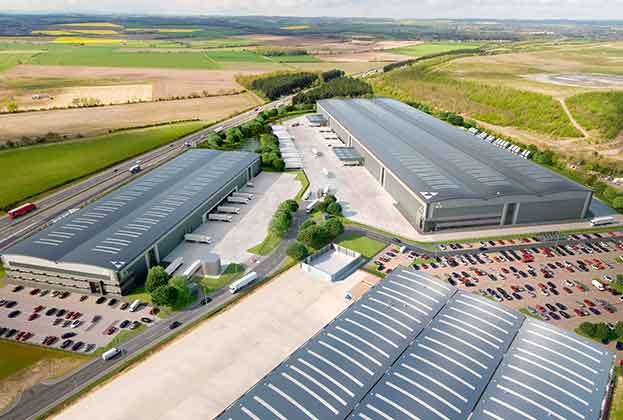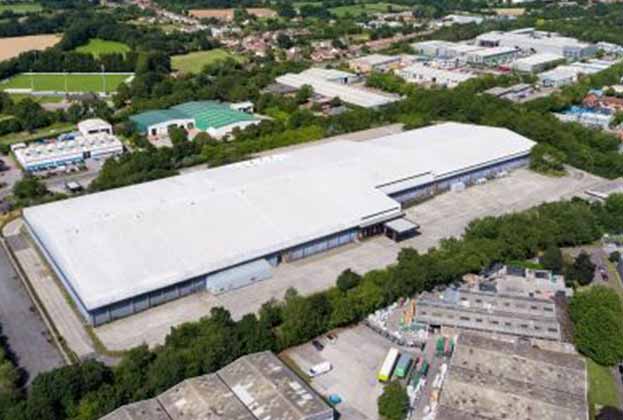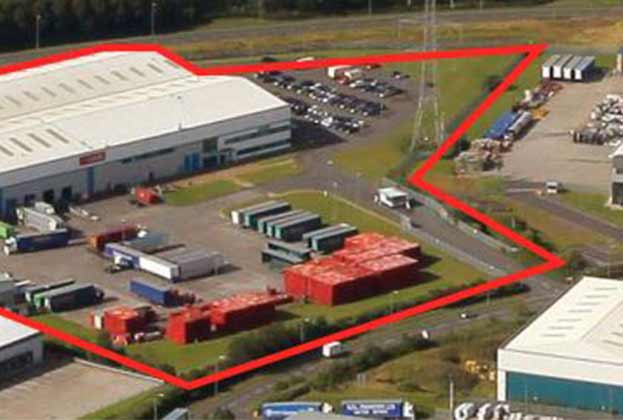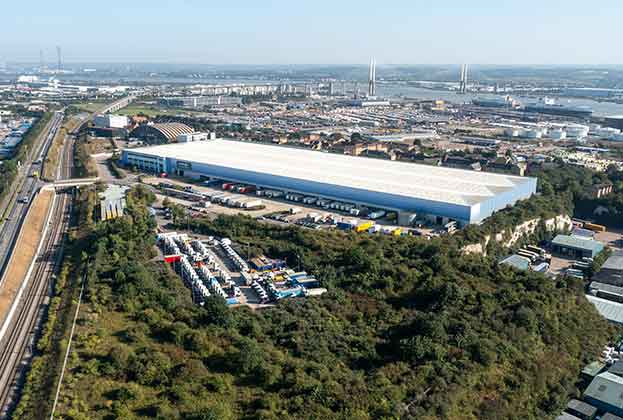Where next after the best H1 ever?
Against an ever-worsening economic backdrop the question has to be how long the industrial and logistics market can continue to operate at its current amplified levels. Whilst predominantly US focussed, recent announcements from Amazon and profit warnings from UK and European online retailers suggest that we should expect to see less demand from this segment of the occupier base, and by knock-on, the parcel carriers too, in the near term.
Using the longest time series available from PMA we observe that occupier demand fell by 30% during the GFC recession of 2008. This would imply annual take-up falling back to c.39 million sq ft a year, still significantly ahead of the pre-Covid average of 26 milllion sq ft per year.
There are, however, many complex factors at play to suggest any drop-off will not be as severe. In the post-Covid world, exasperated by the situation in Ukraine supply chain resilience is one of the most pressing factors companies need to deal with. Indeed, if retailers do not hold enough inventory and manufacturers can’t source components, then what business do they have? Recent data from Sentieo, which analyses publicly-listed companies' annual reports shows that mentions of “near-shoring” are at their highest-ever level (see chart, below). This suggests that companies will look to their warehouse real estate in order to remain competitive, which in turn will go some way to mitigate for demand falls from other sectors.
On the supply side it is hard to see vacancy rising dramatically through over-development which should continue to mean there is competitive tension for units which in turn will continue to push rents in both prime and secondary markets.
BUILD COST AND PROGRAMME
The well-publicised issues around the price and availability of raw materials have not conspired to see a decline in new warehouse development, both on the speculative and BTS side.
However, the latest indicators from the Savills ProgrammE and Cost Sentiment Survey (S.P.E.C.S) demonstrate that build costs and programme delivery time scales are still and elevated levels. Whilst good project management and early orders have mitigated some of the issues the overall impact remains that projects are taking longer to deliver than before.
As we head into the second half of the year there are early signs that the rampant build cost inflation we have witnessed over the last two years may be starting to stabilise. Whilst tender prices are not falling developers are reporting that a plateau may have been reached, based on recent examples for new projects. With rising energy costs, we are now seeing even greater emphasis on developing new warehouse units to even higher ESG standards. We expect that occupiers will place an even higher weighting on warehouse features that save on cost and reduce the carbon output of the warehouse operation.
Read the articles within Big Shed Briefing below.
.jpg)
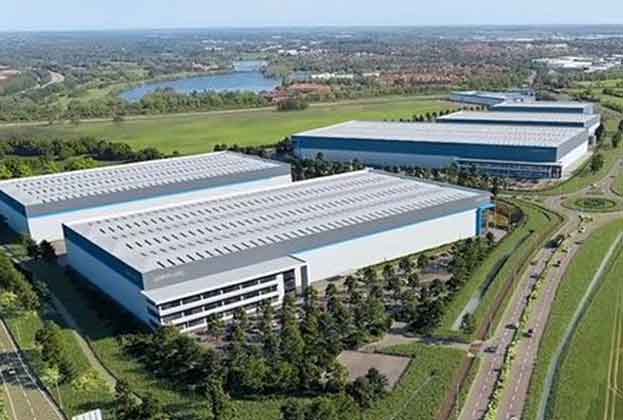
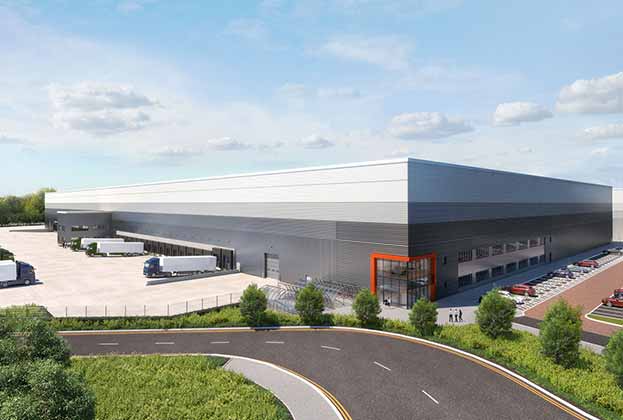
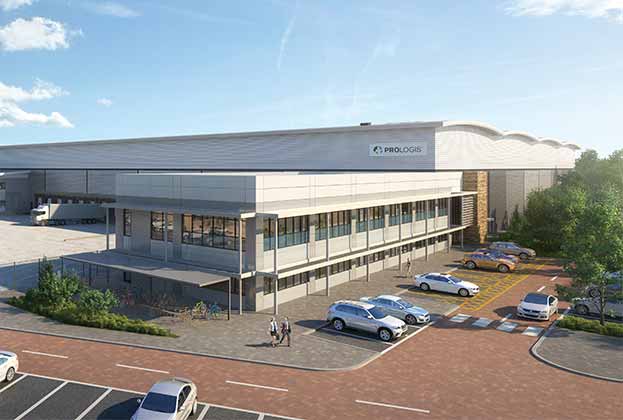
.jpg)
